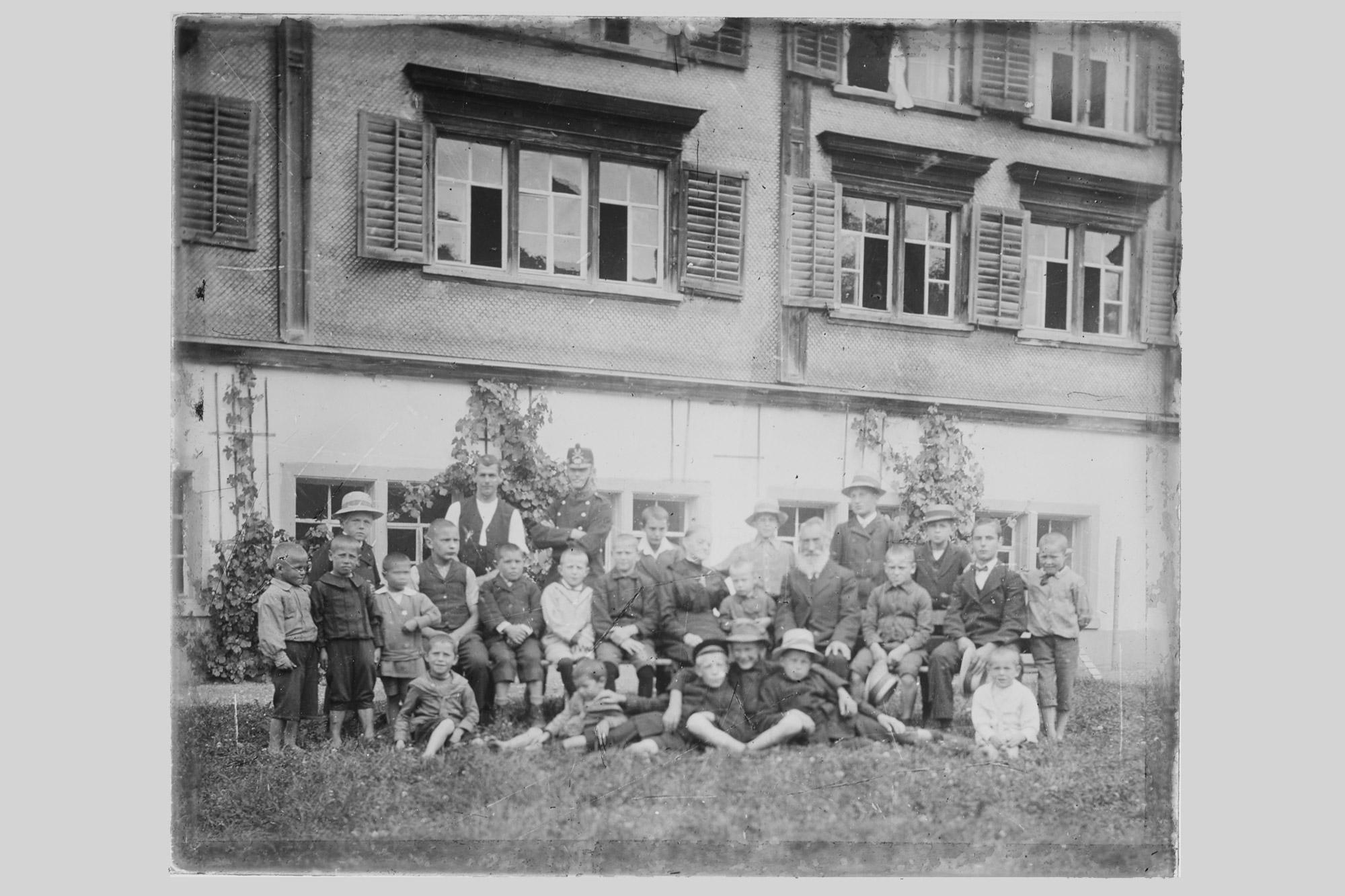Project on funding and controlling models in child and youth care completed

Up to the 1960s, the poor financial situation of Swiss foster homes often led to shortcomings. It was not until the second half of the 20th century that the situation started to improve due to increased state funding and control.
Up until the 1960s, foster homes in Switzerland were insufficiently funded. This led to shortcomings and a poor quality of life in many institutions. Owing to modest subsidies and local autonomy, many homes and other such institutions lacked material resources and suitable living areas and bedrooms. Hygiene standards were not adhered to, and there was a shortage of specialist staff. This often resulted in accommodation that was not child-friendly or was even unfit for human habitation.
It was not until the second half of the 20th century that the situation started to improve as the government and cantons increasingly took over the homes' funding and control. They drew up specific requirements for public contributions to the institutions, and monitored their compliance. Despite the improved situation, there were still some financial disincentives in the system of home funding – with new ones even being created due to changes in the allocation of tasks.
